CAMPING ANYONE?
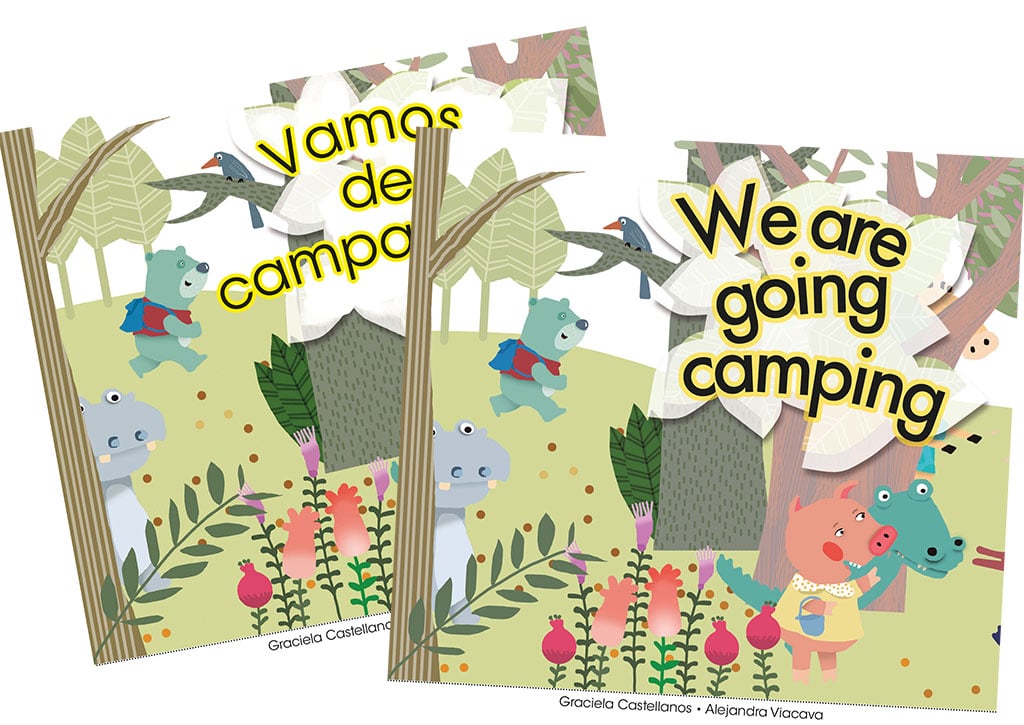
With warmer temperatures kids everywhere love being outdoors but now that we all need to stay at home what can we do? You can set the mood for having a great camping adventure with a backyard tent or an indoor creative setting. Begin by reading “We are going camping” or “Vamos de campamento”. This is a […]
How Reading Aloud Helps Children in Becoming Bilingual
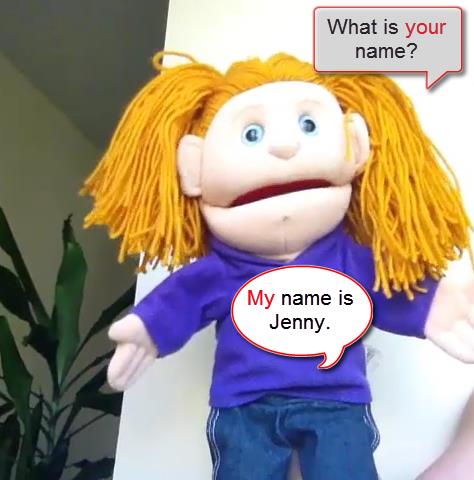
First Things First How can you help your kids acquire an additional language through stories? First of all, you must provide children with lots of picture books from the time they are born. Set times during the day to read aloud to them. During the day time use puppets and props while reading. If right […]
Languages4kidz interactive Spanish Books
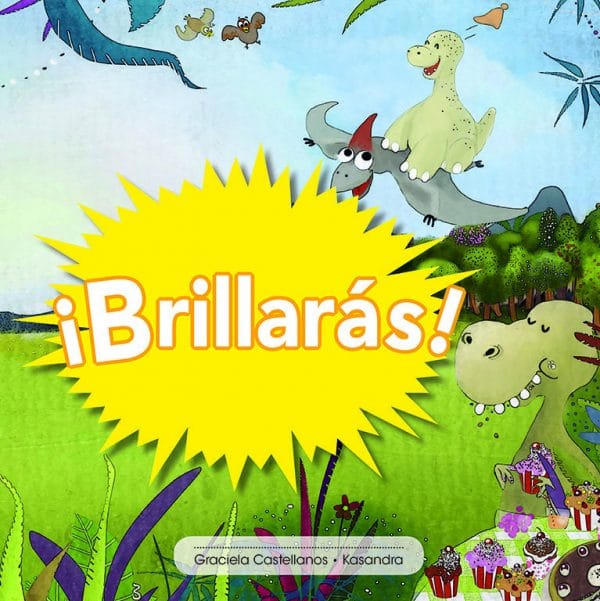
I sincerely hope this message finds you and your loved ones well and in good health. The past few months haven’t been easy and I would say full of challenges for many around the world. We at Languages4kidz have been concentrating our efforts on working hard to convert our Collection of Picture Books in Spanish to […]
Happy Valentine’s Day
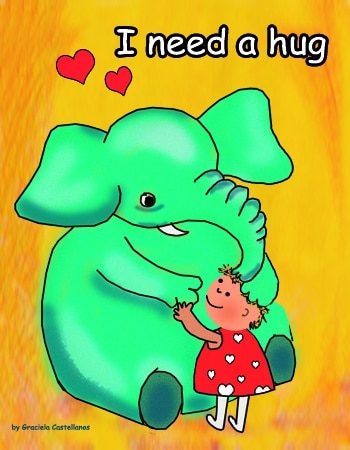
Happy Valentine’s Day!!! The month of February is often known as the month of love. Love to our family, love to our friends, love to our planet and love to all the things we have and all the things we do. Celebrating our love to our families and the strong and wonderful bonds we create […]
Thanksgiving is almost here!

Let’s start celebrating! There is a magic flare that surrounds our homes and brings joy to many in different parts of the world. Everyone seems focused on family traditions and “fiestas”. In only a week many of us will celebrate “Thanksgiving Day.” In the International Schools I used to work for, we celebrated Thanksgiving with […]
Bilingual Books on the Caribu App

A very special App. Una App muy especial. @Caribu is an app that lets you virtually read books to your children or grandchildren no matter where you are. It is perfect for moms and dads that travel and are on the go and for grandparents like myself who live far away. Our Collection of Bilingual […]
Things teachers can do to encourage reading stories in a second language
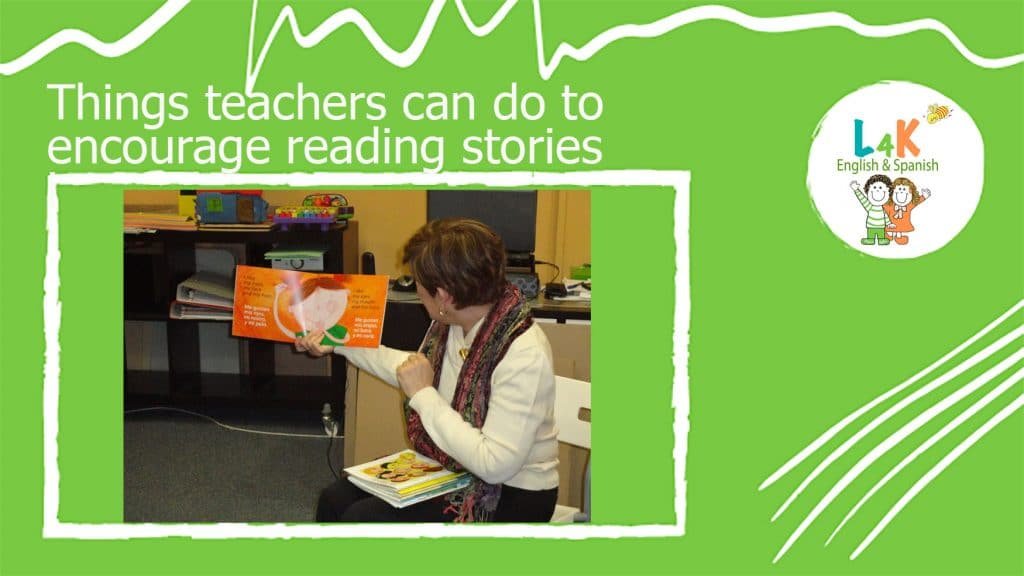
Things teachers can do to encourage reading stories in a second language Studies have shown that repetition of familiar books help children form the connections necessary to learn. Children are natural copycats, who often delight themselves in repeating and mimicking sounds and words. They pick up language by first listening and absorbing and later copying […]
An inviting atmosphere for dual language learners
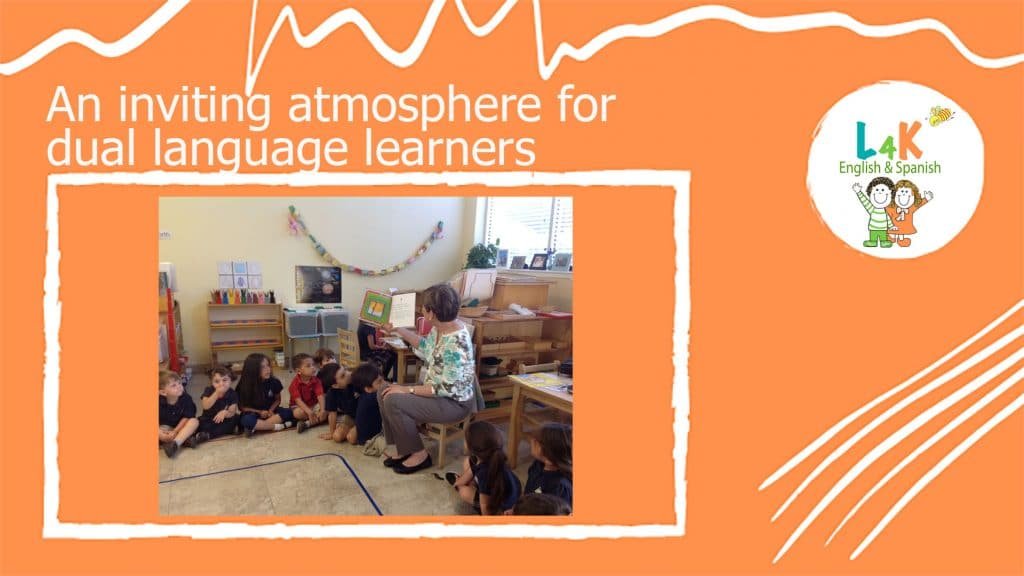
For many of our dual language learners the classroom is the focal point of their English/Spanish exposure. It is the base of where, when, why and how they speak English or Spanish. That’s why the physical appearance of the classroom in itself is so important. We recommend teachers to try to give the impression to little ones […]
Back to school is just around the corner!
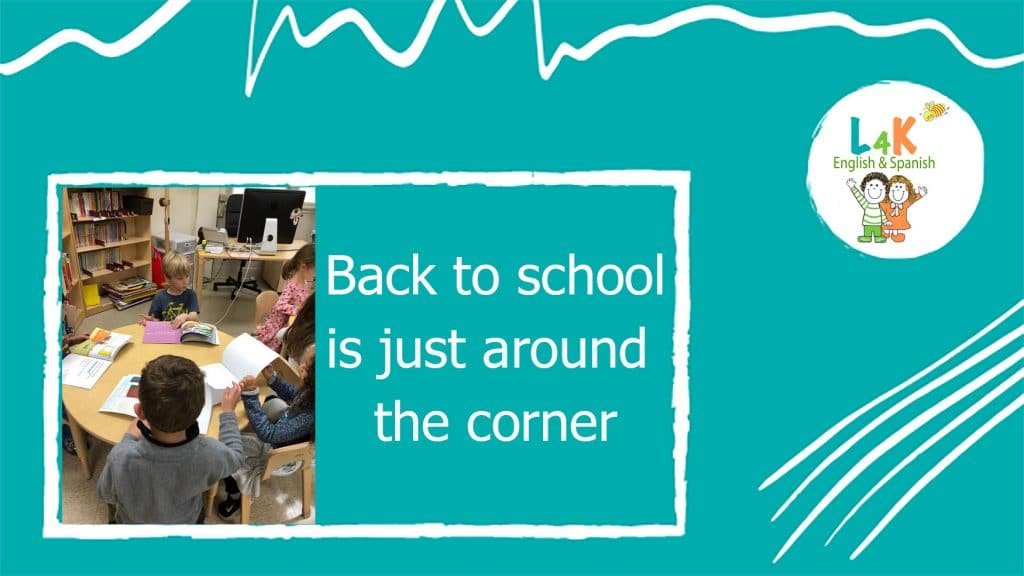
A new school year will begin soon! We are all about to say goodbye to our Summer vacations and then prepare for a great start! So before we get there my suggestion for parents is to start their children on a routine in advance. This will ease the transition and help the whole family get […]
All kids should learn an additional language
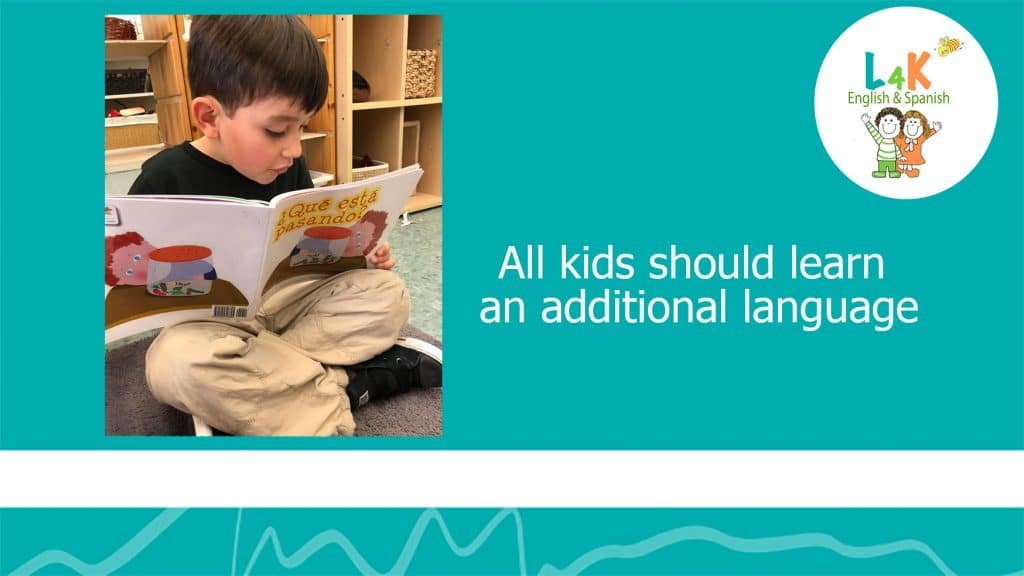
All kids should learn an additional language. In the last decade there has been an enormous increase and discussion about early learning. There are new findings that give a lot of information about the importance of starting early when it comes to helping children acquire an additional language. Parents are now more aware of these […]
Welcome Back!

We hope everyone has had a wonderful start!!! Now that we are all back in school is time to plan for other fun activities that can complement every child’s overall development. Whether it is sports, dance, theater, arts and crafts, music, science, or having fun while learning an additional language gives kids opportunities to demonstrate […]
Languages4kidz & Caribu

A great reading app. Did you hear!? We’re excited to be partnering up with @Caribu, an app that lets you virtually read books to your baby, perfect for moms and dads that travel and are on the go. Go check out our books! https://caribu.co/
